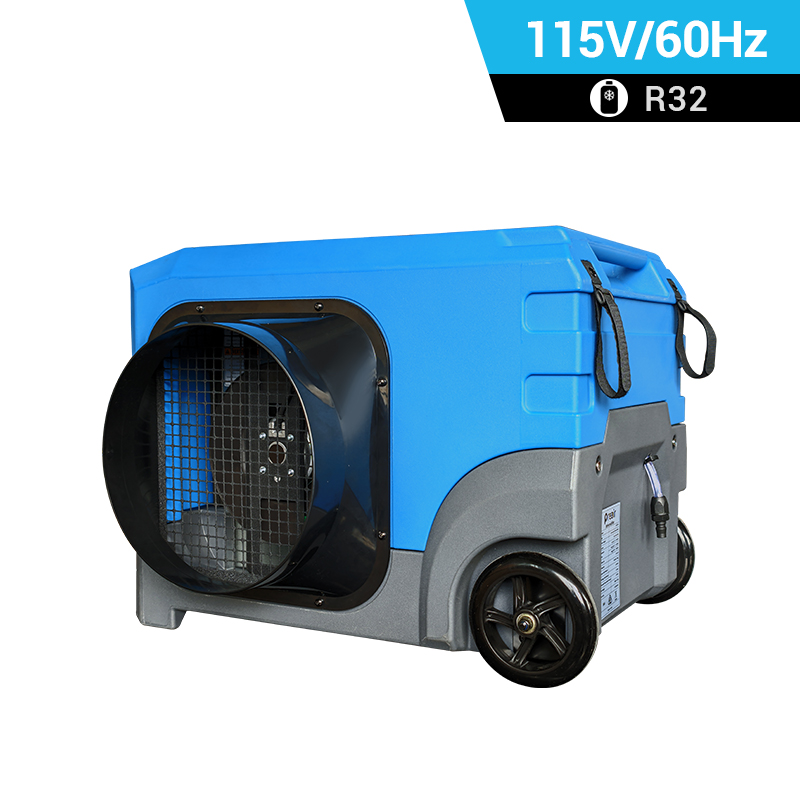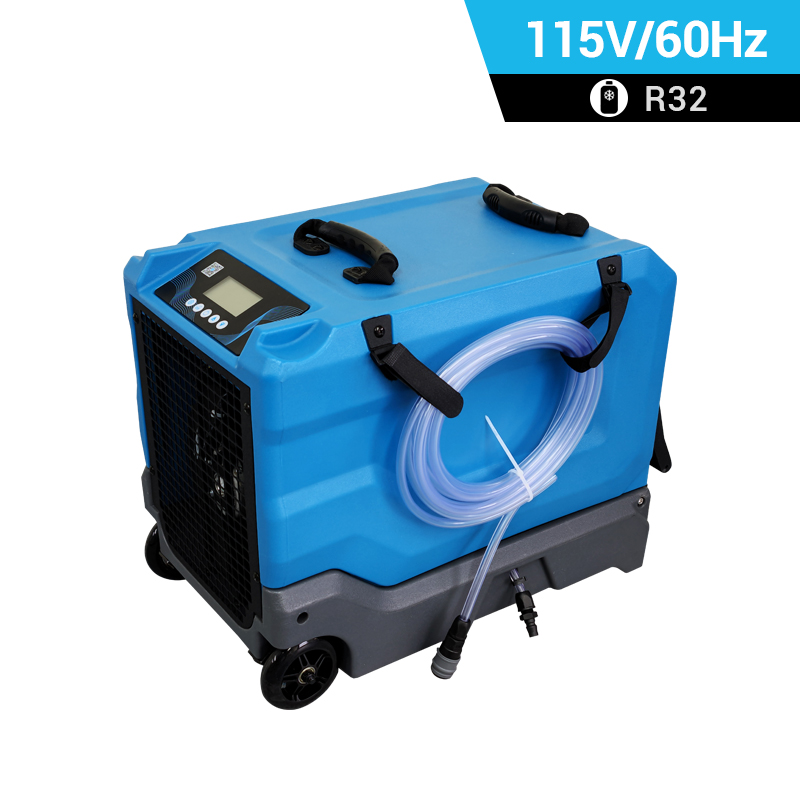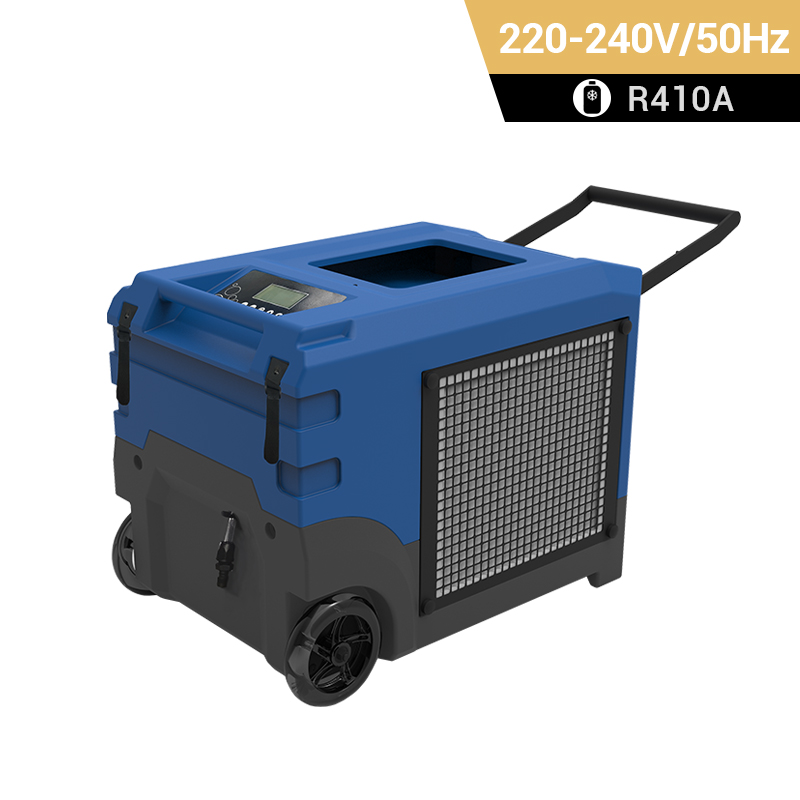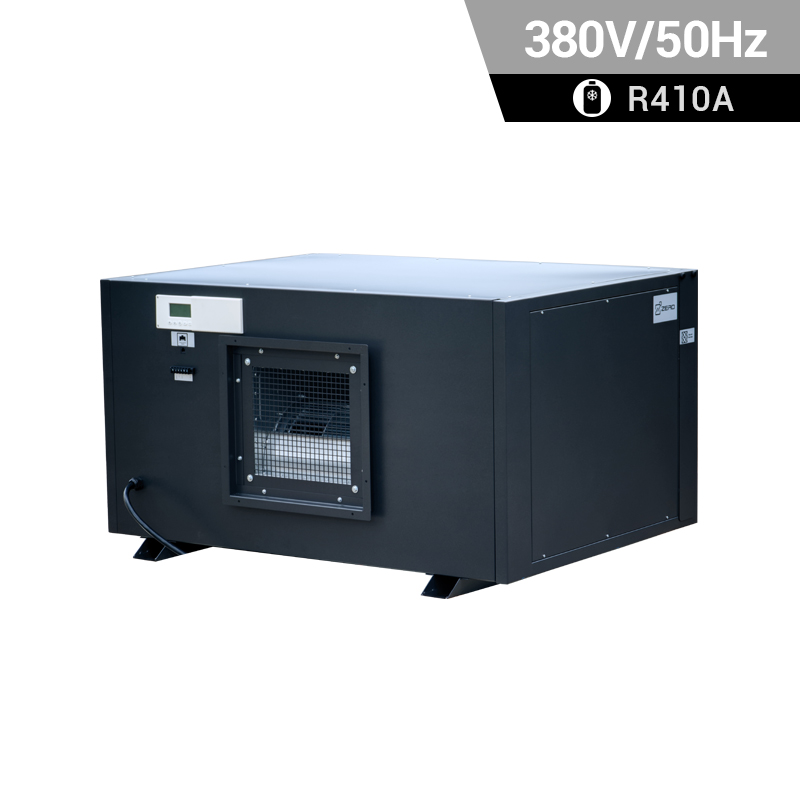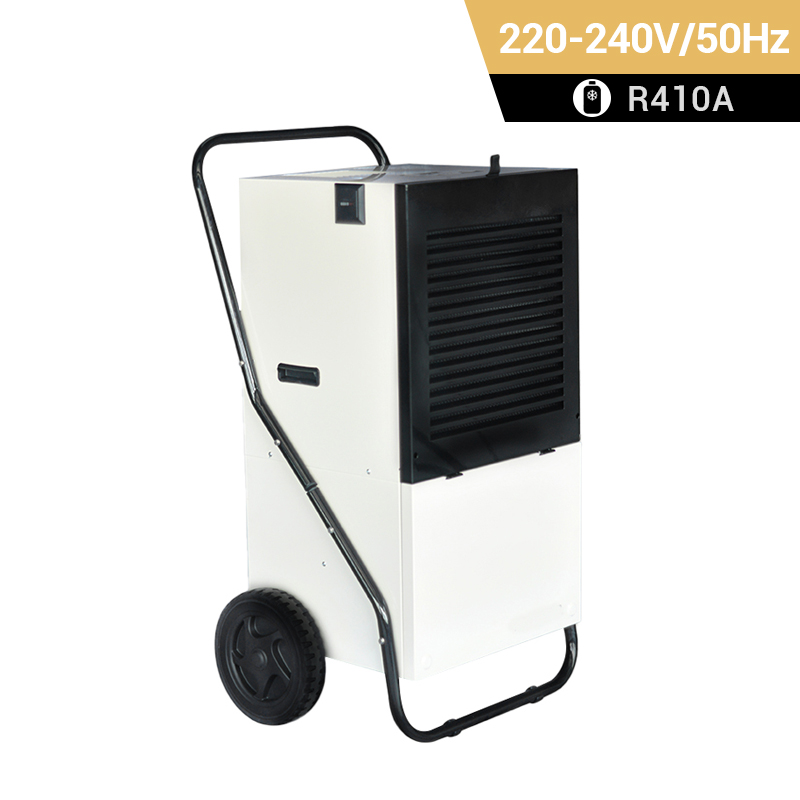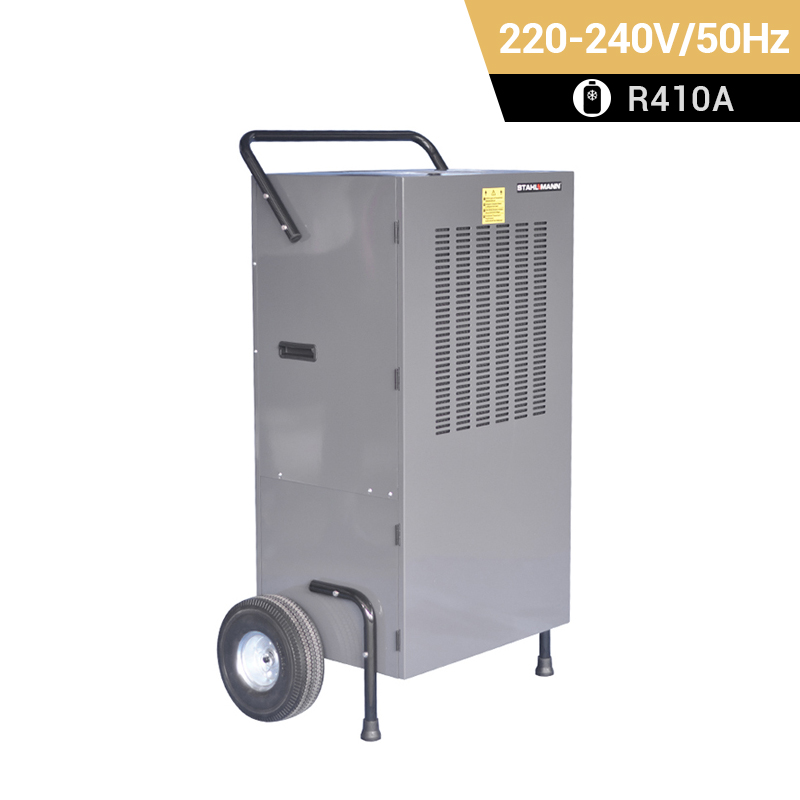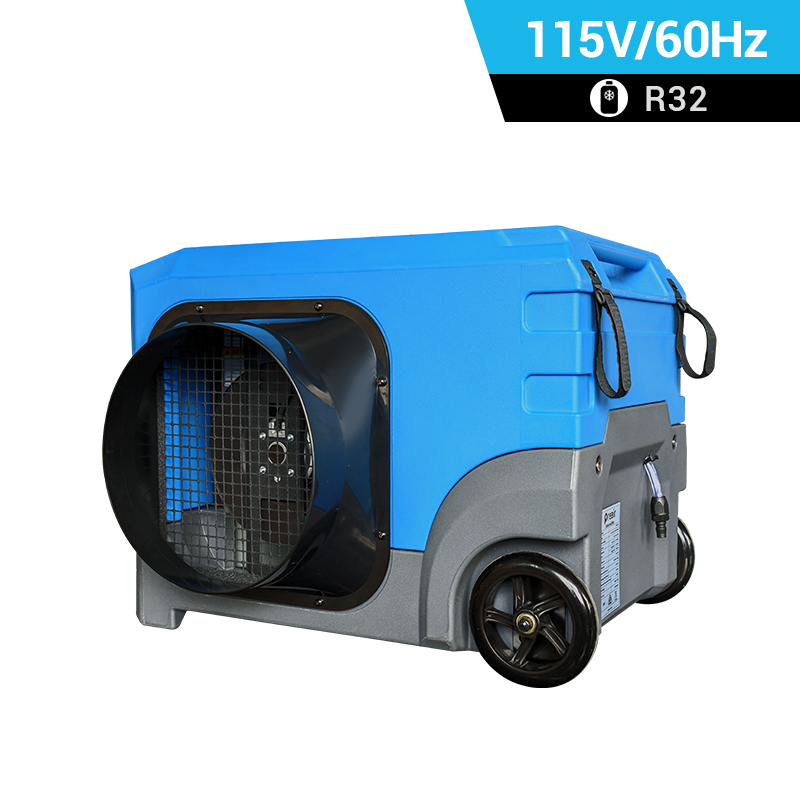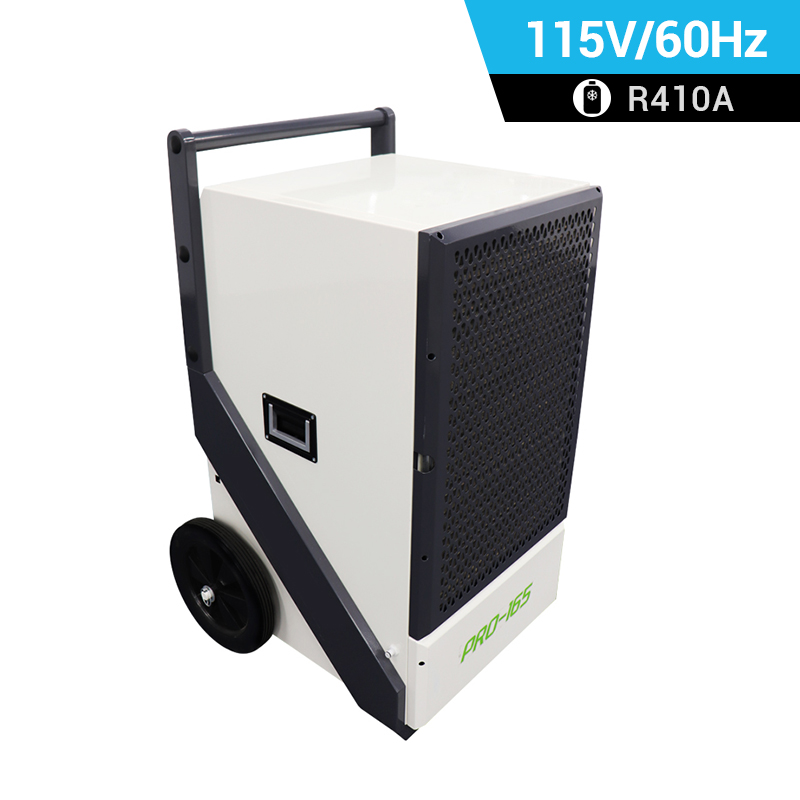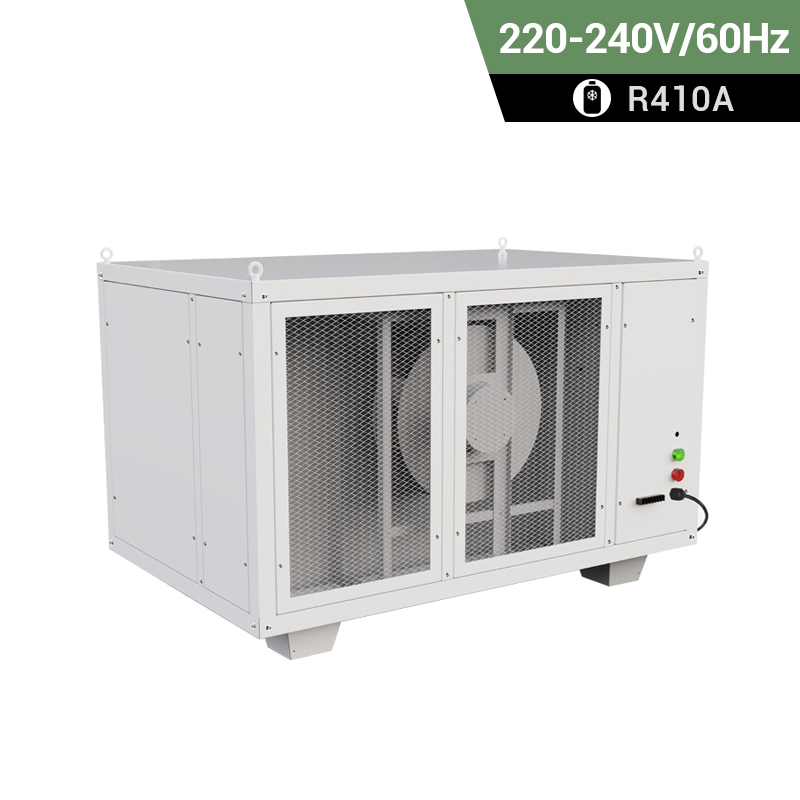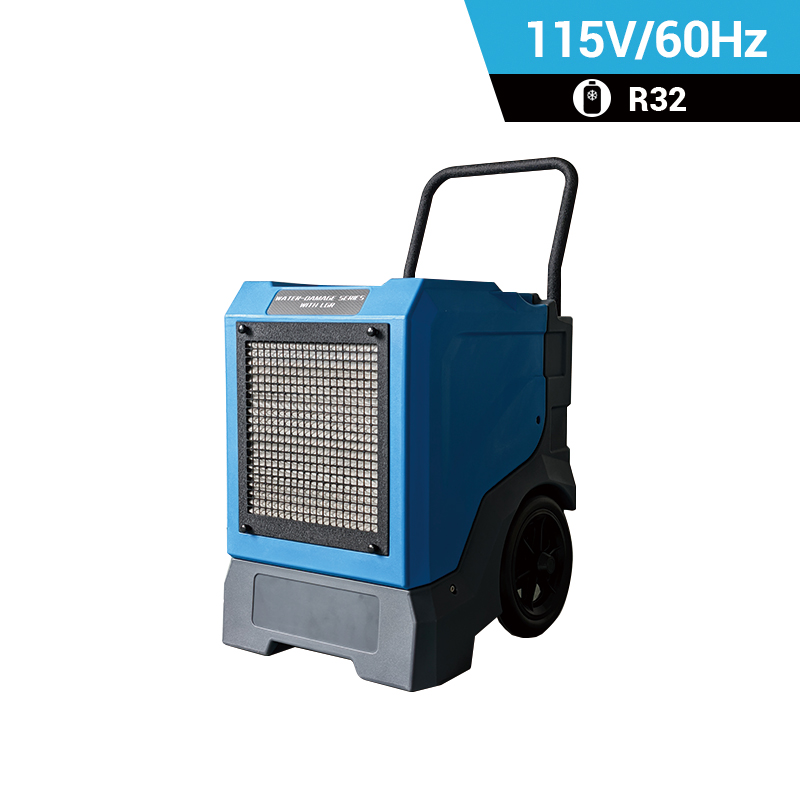 +86-13376814803
+86-13376814803  robert@hzhongtai.com
robert@hzhongtai.com
Commercial Dehumidification
Dehumidification is the process of reducing the level of humidity in the air by removing moisture from it. This is typically done using a dehumidifier, which works by drawing in humid air and passing it over a refrigerated coil. As the air is cooled, the moisture in it condenses and is collected in a reservoir or drained away.
Dehumidification is important in a variety of settings, including homes, offices, and industrial spaces. In areas with high humidity, such as coastal regions or areas with hot and humid climates, dehumidification can help to prevent the growth of mold and mildew, reduce musty odors, and improve overall indoor air quality. It can also help to protect sensitive equipment and materials from moisture damage.
Dehumidifiers work by pulling in moist air and passing it over a cooling coil, which causes the moisture to condense and collect in a reservoir or drain. Some dehumidifiers also use a desiccant material to absorb moisture from the air.
In addition to dehumidifiers, other methods of dehumidification include using ventilation fans or air conditioning to circulate dry air, fixing any leaks or sources of moisture, and using moisture-absorbing materials such as silica gel.
Related Products



